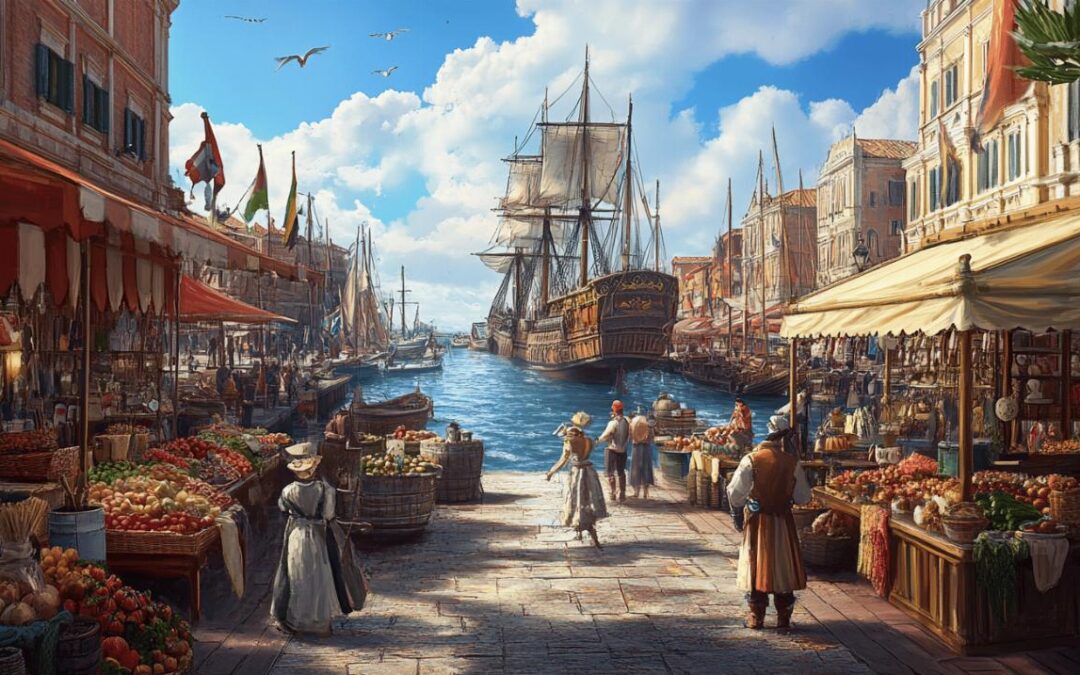Italy’s coastlines are adorned with ports that have witnessed centuries of maritime activity, from ancient Roman vessels to modern cruise ships. These gateways to the Mediterranean Sea have played pivotal roles in shaping not only Italian history but also global trade and cultural exchange. The story of Italian ports is a fascinating journey through time, revealing how a peninsula nation became one of the world’s most significant maritime powers.
Ancient italian seafaring traditions
Italy’s relationship with the sea dates back thousands of years, with coastal settlements evolving into sophisticated harbours that facilitated trade, exploration, and naval dominance. According to Ameropa travel resources, these coastal centres became the foundation of Italy’s maritime identity, creating a legacy that continues to influence modern shipping and tourism industries. The historical significance of these ports extends far beyond their physical structures, representing the ambition and ingenuity of Italian seafarers throughout the ages.
Roman maritime innovations and naval dominance
The Romans transformed Mediterranean seafaring with their impressive naval technologies and port constructions. They built elaborate harbour systems with breakwaters, lighthouses, and docking facilities that could accommodate hundreds of vessels. These engineering marvels enabled Rome to establish and maintain its vast empire through sea power. Roman ships transported goods, troops, and ideas across their territories, creating an interconnected maritime network that facilitated unprecedented economic and cultural exchange throughout the ancient world.
Trade routes and commercial shipping networks
As maritime commerce flourished, Italian ports became vital nodes in extensive trading networks. Merchants established routes connecting Italy with North Africa, the Middle East, and Northern Europe, exchanging valuable commodities including spices, textiles, precious metals, and agricultural products. These commercial activities led to remarkable wealth accumulation in port cities, evident in the architectural splendour that still characterises many Italian coastal towns today. The sophisticated commercial systems developed during this period laid the groundwork for modern shipping logistics and international trade practices.
Key historical ports across italian coasts
Italy’s geography, with its extensive coastline stretching into the Mediterranean, naturally fostered the development of numerous significant ports. Each region developed distinctive maritime traditions, with harbours serving as gateways connecting Italian territories to distant shores. Today, Italy maintains 62 major ports overseen by 16 authorities, collectively generating approximately 17.5% of Italy’s maritime economy, valued at €8.1 billion in 2023. These ports continue to be vital economic engines, with 70% of Italian exports travelling by sea.
Genoa and Venice: Rise of Maritime Republics
Genoa and Venice emerged as powerful maritime republics during the Middle Ages, controlling vast trade networks and amassing extraordinary wealth. Genoa’s illustrious maritime history gave the world Christopher Columbus, whose voyages would transform global navigation. The city’s connection to seafaring remains evident today, from its international airport named after Columbus to the impressive Galata Museo De Mare, where visitors can explore maritime artifacts and even tour the decommissioned Nazario Sauro S 518 submarine. Venice, with its unique canal system and strategic position, dominated Eastern Mediterranean trade for centuries, creating an architectural and cultural legacy that continues to draw millions of visitors annually.
Naples and sicily: strategic mediterranean hubs
Southern Italian ports like Naples and those across Sicily served as crucial Mediterranean crossroads where cultures, goods, and ideas converged. Naples Marina in Campania remains a premier destination for maritime enthusiasts today. In Sicily, ports facilitated connections with North Africa and the Eastern Mediterranean, creating vibrant multicultural societies where different traditions blended and evolved. These southern harbours played essential roles during periods of Arab, Norman, and Spanish influence, each leaving distinctive marks on the region’s maritime heritage. The strategic importance of these ports continues in modern times, with Civitavecchia near Rome serving as a major cruise ship destination with facilities for approximately 1,000 berths.

